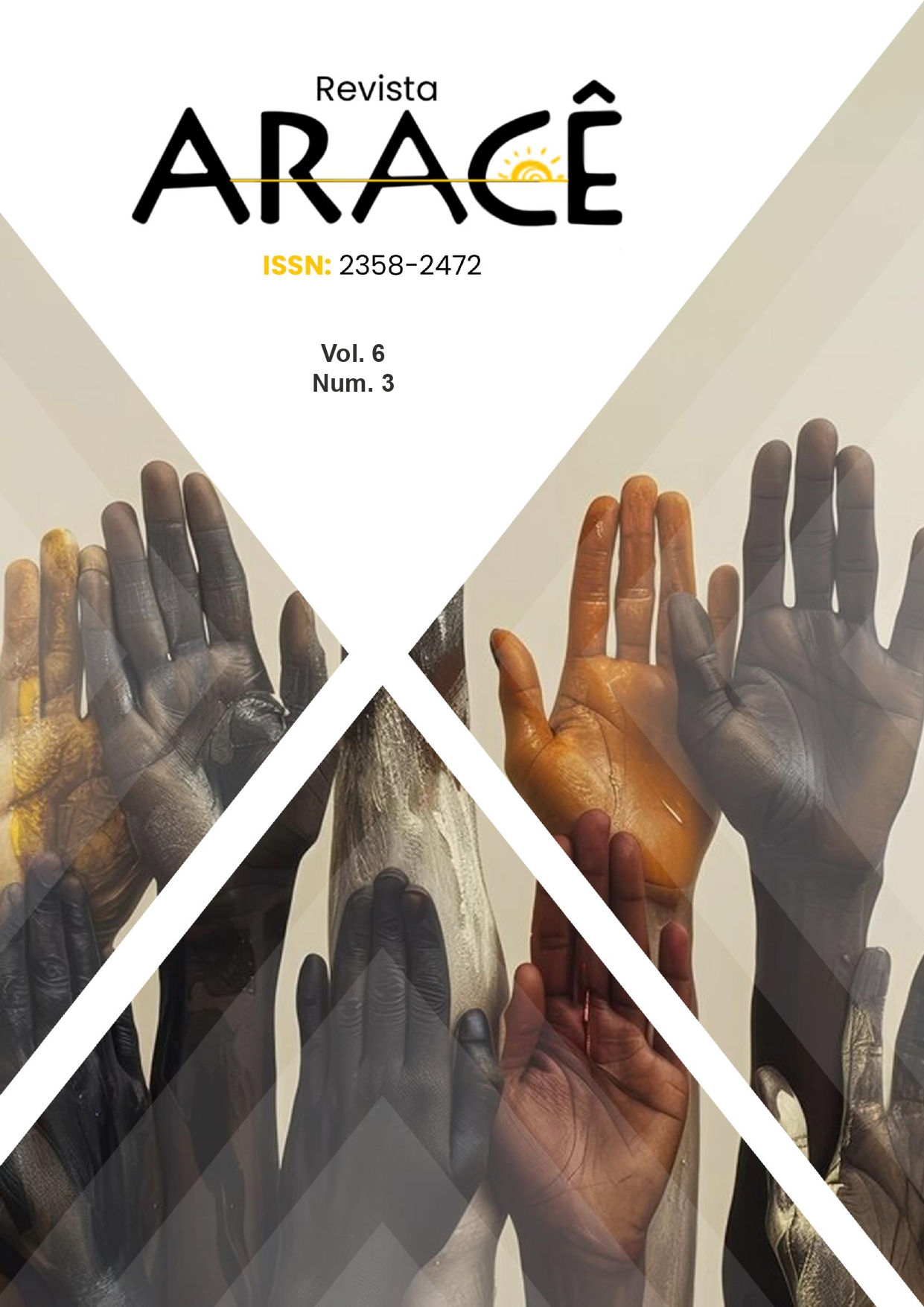ENERGETIC ASPECTS OF THE DEVELOPMENT OF CONILON COFFEE IN THE NORTH OF RIO DE JANEIRO. PART 1 - RADIATION BALANCE
DOI:
https://doi.org/10.56238/arev6n3-304Keywords:
Coffea Canephora, Shortwave Radiation, Radiation Balance Heat FluxAbstract
Conilon coffee represents a good portion of Brazilian coffee growing and it is essential to understand how the crop relates to the energy available in the environment. Due to this, this work sought to determine the components of the radiation balance of the Conilon coffee crop in the North Fluminense region during seven seasons. The experiment was conducted in a crop field in the area belonging to the Universidade Estadual do Norte Fluminense Darcy Ribeiro, in Campos dos Goytacazes, RJ, which contains a micrometeorological station that monitored environmental data between June 2015 and May 2022. With this information, the radiation balance was carried out. Yield data were obtained by the product of the fresh fruit mass and the mass breakdown of the processed product. Global radiation (Rg), which varies according to the season, was the main component of longwave balance (BOL), the factor with the greatest influence on the variation of net radiation (Rn), since BOL presented low intensities and variations. On average, the albedo over the stand was 12% and the fraction of Rg converted into Rn was 64%. It was concluded that the region is climatically suitable for the crop and that the average production was produced 0.08 g of coffee per MJ of net energy.






